Invasive Plants
We often talk about using natives in the landscape to increase food sources for our native pollinators, but we tend to overlook the importance of removing invasive plants/noxious weeds from our gardens and landscapes. Invasives come in all shapes and sizes; some may even fool us by looking beautiful or having misleading names. Italian Arum comes to mind, as well as Butterfly Bush, Oxeye Daisies, Creeping Jenny, and Vinca.
For example, Butterfly Bush is not beneficial to native butterfly species and is thought to be detrimental because it out-competes native plants and reduces the chance that pollination of native plants will take place. According to the state of Washington, it is on the Class B list of noxious weeds, and the state would like you to remove it or, at minimum, cut off the flowers to reduce reseeding. But what about sterile varieties of this plant? Although they may not be so quick to out-compete natives, we still do not recommend them for our butterfly friends. Instead, we would choose one of our beautiful natives, such as Oregon Grape, Vine Maple, Nootka Roses, Camas, and Milkweed. These provide not only food but also habitat for our native butterflies as well as being beneficial for our native birds, mammals, and insects.
Italian Arum is another pretty-looking invasive lurking innocently in our flowerbeds. Italian Arum can be impossible to remove once established, somewhat like the wicked blackberry we are all familiar with. It loves moisture and will establish itself firmly in wetlands and stream banks, which is why it is listed as a Class C noxious weed. It is toxic to humans and livestock. Don’t let its beauty deceive you!
The State of Washington Plant Classifications:
Class A: Invasive or noxious weed has not become established in the state, but removal helps reduce the chances of further invasion.
Class B: Invasive/noxious weeds are plants that the state sometimes requires you to remove if they have become a problem in certain areas. Not all class B weeds are an issue in all areas of Washington.
Class C: Invasives/noxious weeds that cause harm to agricultural landscapes and are considered an economic threat.
Here is an essential LINK to find out what noxious weeds/invasives are required for removal in King County.
The actions of each individual matter when it comes to the natural world. Birds and land mammals help spread seed and don’t distinguish between natives and invasives, so it is up to us to keep our gardens and woodlands free of noxious and in some cases deadly weeds. We understand that it can be tempting to leave these “pretty” plants in our yards, fields, and gardens, but it’s important to consider the consequences of our actions or inactions.
Here are a few top offenders on Vashon Island:
There are many plants you’ll find in your local nurseries that may not be a noxious weed or considered invasive - but they are super spreaders and very difficult to remove from your flower beds once planted. Understanding what you’re planting will help not only your environment and ecosystem but the economic impact on long-term maintenance.
Come by Little Bird Gardens anytime to discuss your planting goals and potential invasives in your garden.

